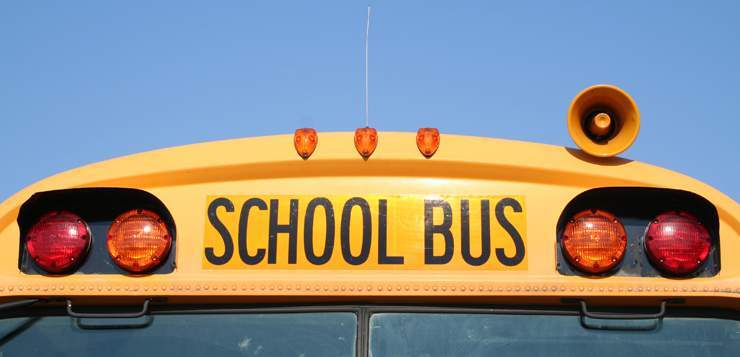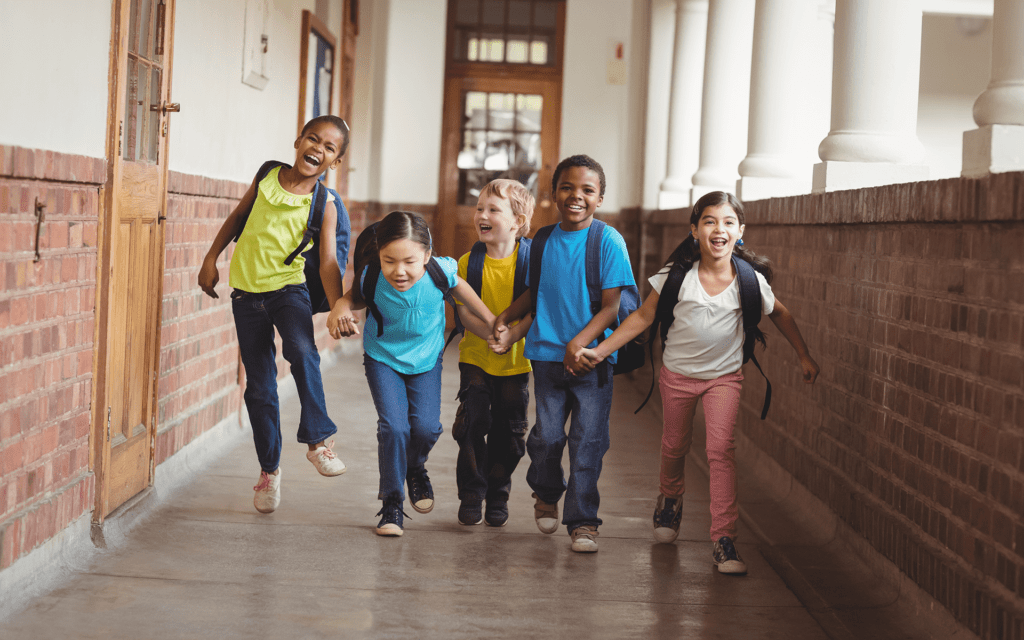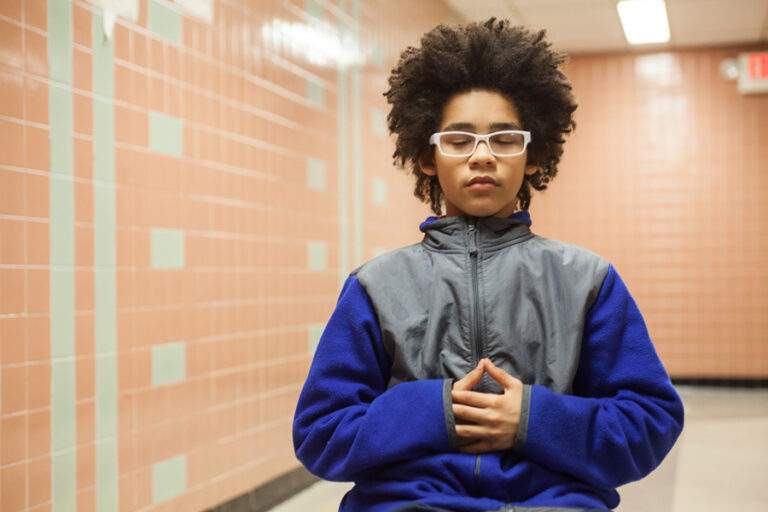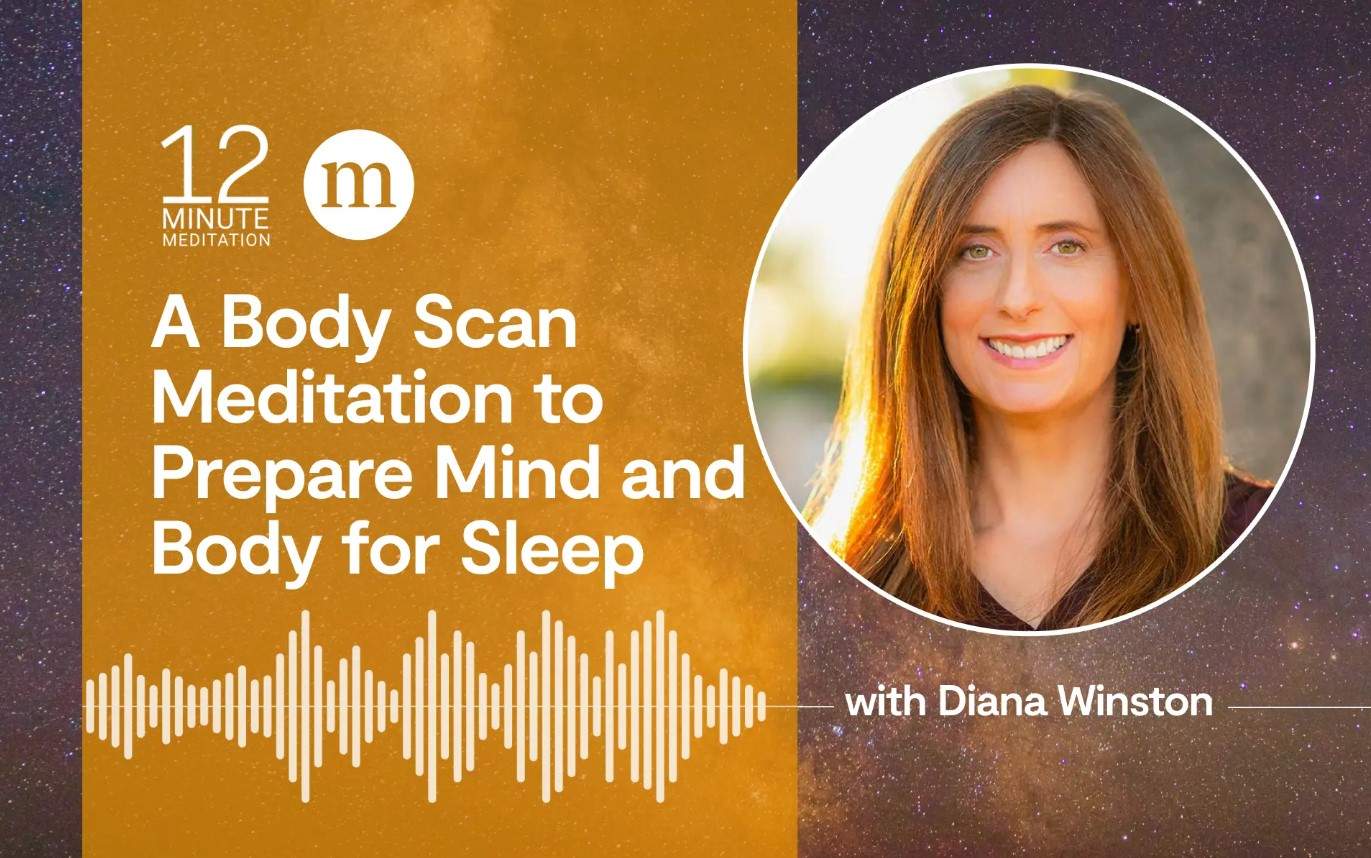Back-to-School Mindfulness Toolkit
Simple, secular practices to help families and classrooms start the year with calm, confidence, and connection.
- Quick Practices
- Journaling Prompts
- Family Activities
- Emotional Regulation
- For Educators
- Audio
- Transition & Routines
Why this matters
New routines and expectations can raise stress for kids and adults. Mindfulness helps by training attention, reducing reactivity, and building emotional regulation. Use these practical tools at the breakfast table, on the way to school, before a test, or during homework.
Quick Practices
Teach these to kids, and use them yourself. Short, effective, and ready anytime.
Silent Sigh

- Breathe in gently through your nose.
- Exhale through your mouth with a soft, silent sigh. Let shoulders drop and jaw unclench.
- Repeat two to four times.
Learn more: Two Simple Mindfulness Practices for Back‑to‑School
7–11 Breath
- Inhale slowly for a count of seven.
- Exhale slowly for a count of eleven.
- Repeat for five rounds.
Use before tests, at bedtime, or whenever nerves spike.
Learn more: Two Simple Mindfulness Practices for Back‑to‑School
Breath‑Ball Play (for kids)

Use a Hoberman sphere (or imagine one). Expand on the in‑breath, collapse on the out‑breath, six to ten cycles.
See playful ideas: Three Mindful Practices for Resilient Kids
Journaling Prompts
Mindful journaling builds self‑awareness and emotional vocabulary. Share only if it feels comfortable.
For Kids
- One thing I’m excited about this school year is…
- Something that feels new or different to me is…
- Today, I felt proud when…
- One kind thing I did for someone today was…
- A moment I want to remember from this week is…
- When I feel worried at school, I can…
For Parents
- A quality I want to encourage in my child this school year is…
- One change that could make mornings or evenings calmer is…
- A small success my child had this week was…
- When my child is stressed, I can respond by…
- One thing I’m learning from my child right now is…
- How I’ll balance support with space this month is…
Family Activities
Gratitude Circle
At dinner or bedtime, each person names one thing they’re grateful for from today. Keep it specific and brief.
Mindful Walk (5–4–3–2–1)
On a short walk, notice five things you see, four you hear, three you feel, two you smell, one you taste. Take it slow.
Kindness Mission
Choose one small act of kindness to do each day – hold a door, share supplies, offer a compliment – and talk about it at day’s end.
Emotional Regulation Tools
Calm‑Down Menu
- Count slowly to ten
- Take three silent sighs
- Hand‑on‑heart breathing (five slow breaths)
- Name five things you can see
- Draw how you feel for two minutes
Coaching Script for Parents (PAUSE)

- Pause your own reaction
- Acknowledge their feeling (“You’re frustrated this is hard.”)
- Use a calm tone and relaxed body
- Support a menu choice (“Silent Sigh or draw‑it‑out?”)
- Encourage reflection once calm returns (“What helped most?”)
Further reading: 5 Tools to Set Healthy Limits and Support Without Helicoptering.
For Educators
Mindfulness Moments (1–3 minutes)

- Three‑Breath Pause: Class takes three slow breaths before a new task.
- Sound Focus: Ring a chime; students raise hands when they can’t hear it.
- Mindful Stretch: Neck rolls, shoulder shrugs, arm reaches between lessons.
Implementation tips and research snapshots
Audio Practices
12‑Minute Meditation: Kinder Self‑Talk

Explore more 12‑Minute Meditation episodes

Transition & Routine Tips
- Shift sleep fifteen to thirty minutes earlier across several nights before school starts.
- Shut down screens at least one hour before bedtime; read or journal instead.
- Use a consistent morning sequence (same order every day).
- Prep outfits, lunches, and backpacks the night before.
- End the day with a calm ritual – short practice, reading, or a quiet check‑in.
Make it stick
Pick one practice. Use it daily for a week. Reflect briefly on what changed. Add a second tool only after the first feels natural.



